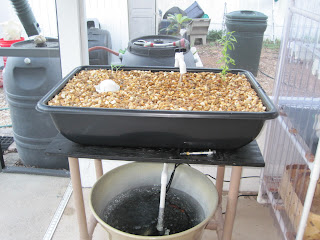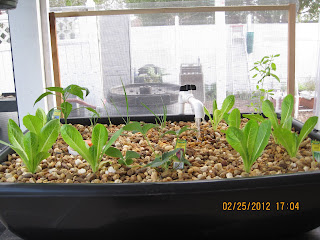
Do you know what kale is? Yes, it is a leafy green. But it
is so much more! Kale is a nutritional powerhouse that has earned the title of
King. In addition to conventional antioxidants like vitamin C, beta-carotene,
and manganese, kale also provides us with at least 45 different recently
discovered flavonoids, including kaempferol and quercetin. Many of the
flavonoids in kale are also now known to function not only as antioxidants, but
also as anti-inflammatory compounds. Plus, it packs in more fiber than a
typical green and the combination of vitamins, minerals and phytonutrients
makes kale a healthy eater’s dream. Seriously. This is one awesome veggie!
 Ok, so you are sold on the nutritional benefits of King Kale…how
do you prepare it? I love it sautéed with caramelized onions and a splash of balsamic
vinegar with toasted walnuts on top. Divine.
Ok, so you are sold on the nutritional benefits of King Kale…how
do you prepare it? I love it sautéed with caramelized onions and a splash of balsamic
vinegar with toasted walnuts on top. Divine. King Kale rocks my juicing world too! I always add a couple kale leaves to the juice du jour. Kale has a very mild flavor and doesn’t ‘interrupt’ my daily juice concoction’s flavor profile and I pack in the extra nutrients. Bang for your buck!
But, one of the family's favorite ways to see King Kale offered up - is in the form of Cheesy Kale Chips. Fantabulous! Here is the recipe we fiddled with until we got it ‘just right’. Don’t be afraid to change this or that…it’s all about what makes YOUR taste buds tingle! Also, I use a dehydrator because I like to leave them technically raw (very low heat for longer amount of time); however, an oven works well too!
Hope you enjoy your ‘chips’. Check back in and let me know
how it goes – especially any tweaks you make!
Peace…
Cheesy Kale Chips
INGREDIENTS
 3 Tablespoons Nutritional Yeast*
3 Tablespoons Nutritional Yeast*2 teaspoons Braggs Liquid Amino
1 Tablespoon Garlic Powder
1 teaspoon dried Basil
½ teaspoon Salt
1 teaspoon Ginger Powder
½ teaspoon Onion Powder
2 Tablespoons Olive Oil
1 Cup Raw Cashews (soaked for 2 hours)
1 large bunch of curly, green kale (I made with Red Russian too!), washed, large stems removed, torn into bite sized pieces (just remember they SHRINK when dried – so not too small).
[* Nutritional yeast is deactivated yeast; it's not alive and has a slightly cheesy flavor which many vegans like to use as a cheese substitute. It can be found at most health food stores and some big-chain grocery stores.]
PREP
Put all of the coating ingredients into a food processor or Vitamix. Blend until smooth. Using your hands, massage coating onto kale pieces making sure you get it inside the curls. I’ve found leaving the kale a bit damp helps the process along.
Place the coated kale pieces on teflex sheets (they don’t have to be flattened out) and dehydrate at 105⁰ overnight or until coating feels dry. Now, you can slide them onto the mesh screen and continue to dehydrate until they are very crispy (3-4 more hours).
OVEN METHOD: Place on cookie sheets and bake in a 200⁰ oven until they are dried out and crispy (45 – 60 minutes).
Eat ‘em up! Enjoy…


















